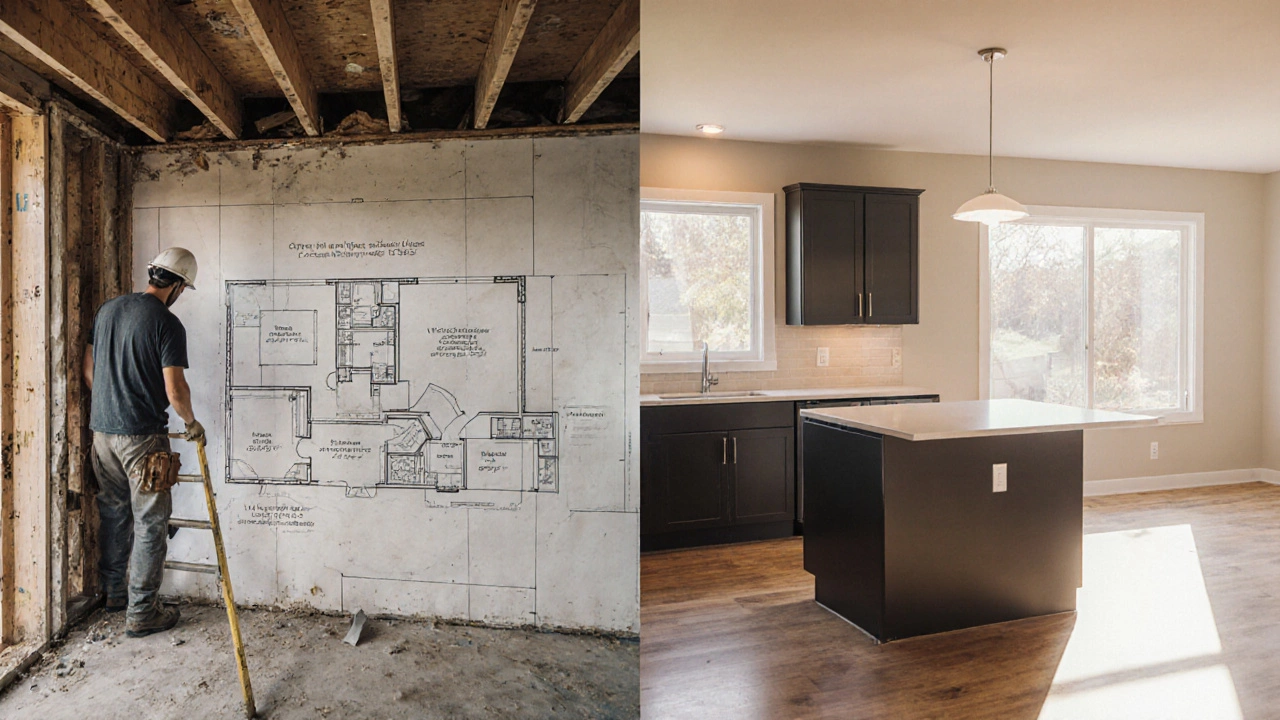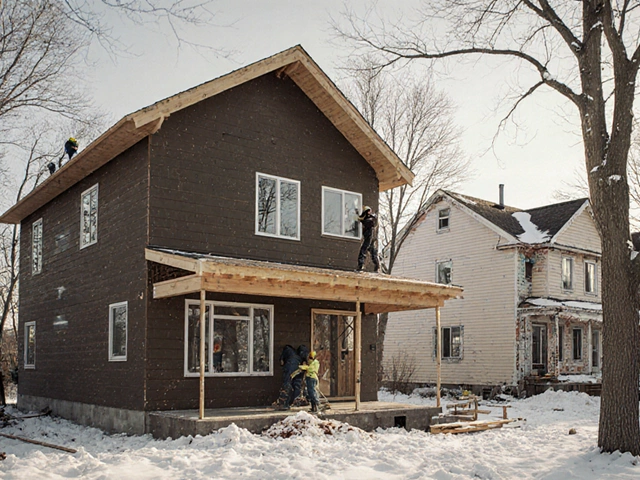Home Renovation Tips & Tricks – Your Practical Guide
Thinking about giving your house a fresh look? A solid renovation plan can save you time, money, and headaches. Below you’ll find easy steps to map out the work, pick the right materials, and decide when to roll up your sleeves or call a professional.
Planning Your Renovation
Start with a clear goal list. Write down what rooms need work, what you want to achieve, and how long you’re willing to wait. A simple spreadsheet can show you which projects are high‑impact (like a kitchen update) and which are nice‑to‑have (like new light fixtures). Once you rank the tasks, set a realistic budget. Include a 10‑15% buffer for unexpected issues – most renovations run into surprise plumbing or structural finds.
Next, decide if you’ll DIY or hire help. Small jobs such as painting, installing a new faucet, or laying laminate flooring are doable with a weekend of effort. For anything that touches the foundation, load‑bearing walls, or major electrical work, bring in a qualified contractor. Getting a few quotes early on helps you compare prices and spot red flags like vague timelines or missing insurance info.
Choosing the Right Materials
The right material can boost durability and curb future repairs. For foundations and load‑bearing walls, limestone from local quarries (like Lime Hillock) offers strength and reduces transport costs. When it comes to flooring, opt for engineered wood or high‑grade tile if you want a mix of looks and resilience. Remember, cheaper options may look good at first but can wear out faster, costing you more in the long run.
Don’t forget sustainability. Recycled bricks, reclaimed timber, and low‑VOC paints are easier on the environment and often qualify for tax credits or rebates. Check with your supplier – many quarries now provide certified eco‑friendly stone that meets building codes and keeps your project green.
Once you have a material list, order a small sample for each room. Live with the sample for a few days; does the colour clash with existing décor? Does the tile feel slippery when wet? Small tests prevent costly re‑orders later.
Finally, schedule the work in logical order. Demolition comes first, followed by structural repairs, then rough‑in (plumbing, electrical), and finally finishes like drywall, paint, and flooring. Sticking to this sequence avoids having to redo work because a later task interferes with an earlier one.
Renovating doesn’t have to be overwhelming. Break the project into bite‑size phases, keep a simple budget sheet, and choose quality materials that fit your style. With a clear plan and the right partners, you’ll turn your house into the home you’ve always wanted – without breaking the bank.
Remodeling vs Renovating: Key Differences for Your Home

Learn the key differences between remodeling and renovating, including scope, permits, costs, timelines, and how to choose the right approach for your home.
read moreFirst Step in Renovating a House: Where to Start for Real Results

Kicking off a home renovation can feel overwhelming, especially if it's your first time. This article breaks down the very first step you need to take before swinging a hammer or picking paint colors. You'll get practical advice, must-know facts, and a clear path to get started the right way. Whether you're planning a full gut job or just updating a room, knowing where to begin saves time, money, and headaches. Let’s cut through the noise and help you move forward with confidence.
read moreIs It Cheaper to Build Up or Expand? Real Costs of Home Extensions

Thinking about making your house bigger? You'll need to decide whether to add space above your current home or spread out by building onto the side. Each option comes with its own price tags, surprises, and challenges. This article digs into the details that make building up or expanding out a different experience. You'll find out which choice might save you money, what's involved behind the scenes, and ways to dodge budget mistakes.
read moreUnderstanding How a Building Contractor Works

Building contractors are crucial in both small and large-scale construction projects. They manage all the work from planning to execution, ensuring everything goes smoothly and on schedule. Knowing how they operate can save time and money and help in choosing the right contractor. This article delves into the roles, responsibilities, and tips for effectively working with a contractor.
read more



